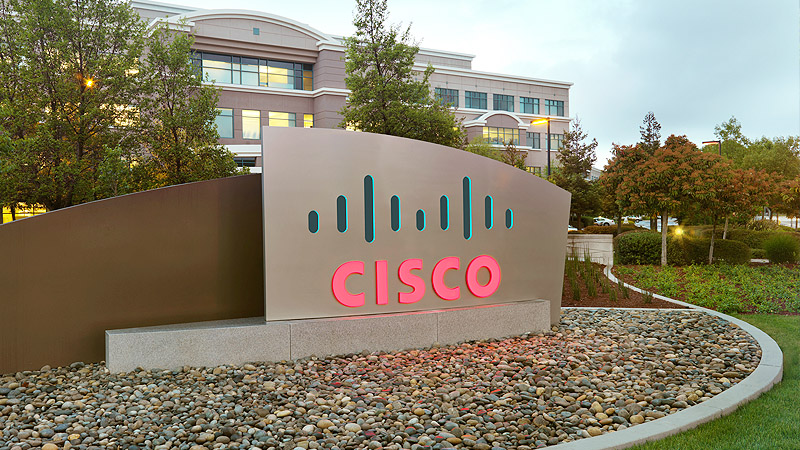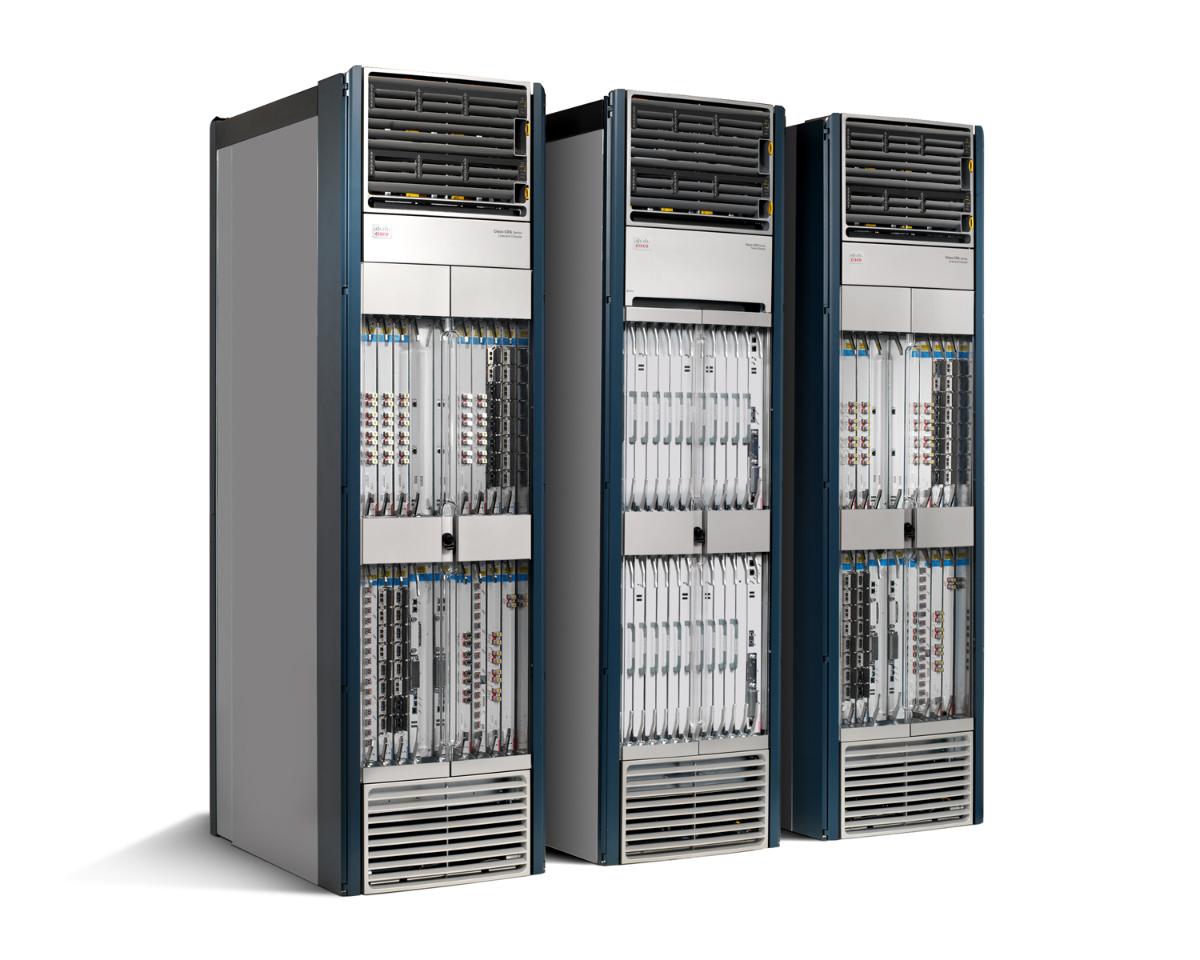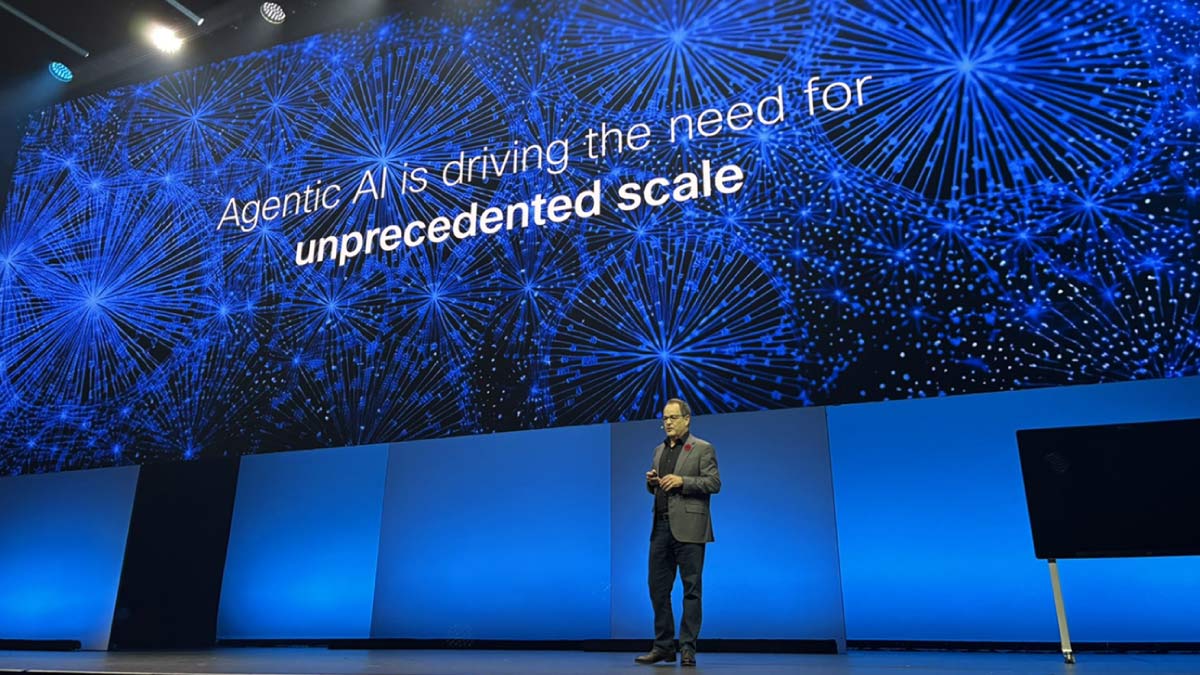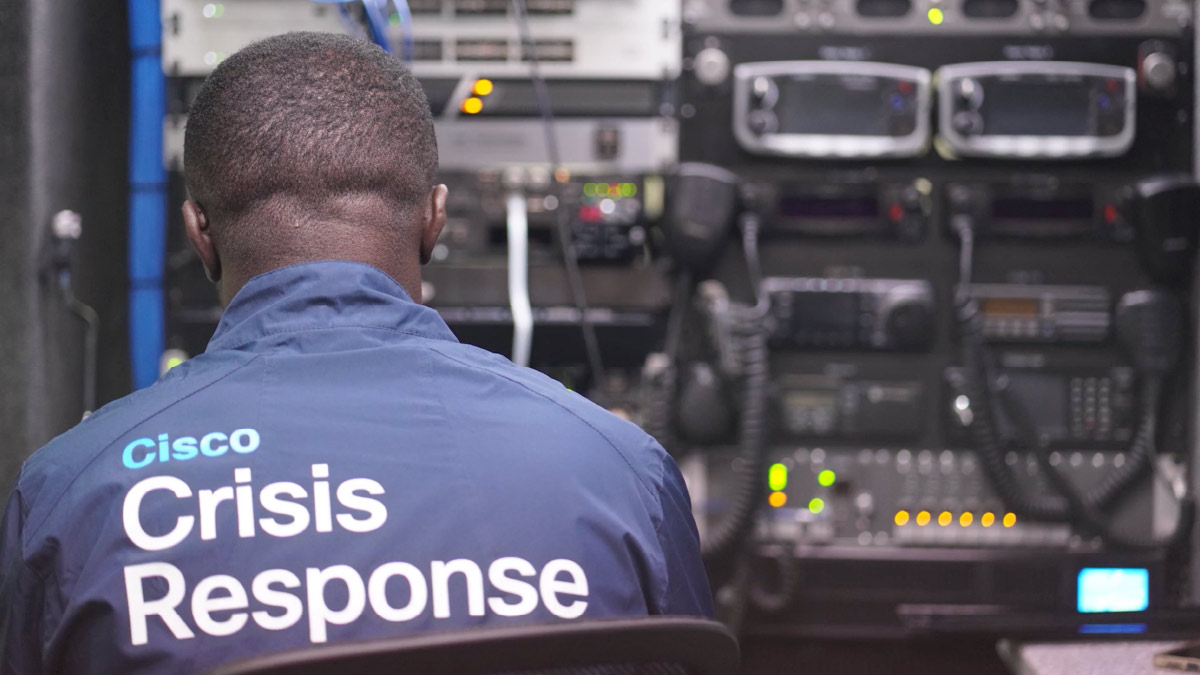SAN JOSE, Calif., June 28, 2012 – Cisco's latest Carrier Grade Internet Protocol Version 6 (CGv6) Solution accelerates the migration of wireline and wireless customers to Internet Protocol version 6 (IPv6), manages the continuing proliferation in IP-enabled devices, and prepares service provider networks for service expansion.
With help from IPv6 rapid deployment technology, also known as 6rd, the Cisco IP Next-Generation Internet (IP NGI) solution deployed by AT&T is based on the Cisco Carrier-Grade Services Engine (CGSE) for the Cisco Carrier Routing System (CRS) family. Cisco's solutions have been useful in managing the transition from an all IPv4 network to availability of IPv6 support. AT&T can simultaneously serve new and existing customers with IPv4 or IPv6 services. Additionally, AT&T can support tens of gigabits of throughput and hundreds of thousands of customers while expanding incrementally, as needed, for new revenue-generating services. To address the rapid growth of IP traffic and devices, AT&T is effectively managing the impending exhaustion of IPv4 address.
According to the Cisco Visual Networking Index: Forecast and Methodology, 2011-2016, there will be nearly 19 billion devices connected to the network in 2016 – an average of more than 2.5 networked devices per capita for every person on earth.
Additional Highlights/Key Facts
- The Cisco Carrier-Grade IPv6 (CGv6) solution outlines a methodical blueprint for service providers making the transition to IPv6. The Cisco CGv6 solution features technology innovations in the CRS family and Cisco Aggregation Services Router (ASR) Series, widespread IPv6 support across the entire portfolio and customizable migration services to ease the transition.
- Powered by a multi-core central processing unit, each Cisco CGSE scales to tens of millions of address translations and gateway functionality with tens of gigabits of throughput for hundreds of thousands of customers or users—offering an integrated solution with the industry's highest performance and scale.
- IPv6 was developed by the Internet Engineering Task Force (IETF) to deal with this long-anticipated IPv4 address exhaustion, which is likely to occur in North America sometime in 2013 according to RIPE.
Supporting Quotes
- Surya Panditi, Senior Vice President and General Manager, Service Provider Networking Group, Cisco
"We are pleased to work with AT&T on Cisco's Internet Protocol Next-Generation Network solutions, which have been instrumental in the Internet build-out since its inception. The implementation of this technology complements our IPv6 solution portfolio, helping service providers address immediate challenges as they preserve and prepare their networks for long-term success, prosperity and business growth."
Supporting Resources
- Cisco Carrier-Grade IPv6 (CGv6)
- Cisco CRS Carrier Routing System
- Cisco Service Provider Solutions
- Cisco SP360 blog
- Follow the Cisco SP360 team on Twitter and Cisco SP360 on Facebook
Tags/Keywords
AT&T, Cisco CGv6, Carrier-Grade IPv6, Internet Protocol Version 6, IPv6, 6rd, Internet Protocol Version 4, IPv4, Cisco Carrier-Grade Services Engine, CGSE, Cisco Carrier Routing System-1, CRS-1, CRS-3, Internet Protocol Next-Generation Internet, IP NGI, Surya Panditi
About Cisco
Cisco (NASDAQ: CSCO) is the worldwide leader in networking that transforms how people connect, communicate and collaborate. Information about Cisco can be found at http://www.cisco.com. For ongoing news, please go to http://newsroom.cisco.com.
# # #
Cisco, the Cisco logo and Cisco Systems are registered trademarks or trademarks of Cisco Systems, Inc. and/or its affiliates in the United States and certain other countries. All other trademarks mentioned in this document are the property of their respective owners. The use of the word partner does not imply a partnership relationship between Cisco and any other company. This document is Cisco Public Information.






